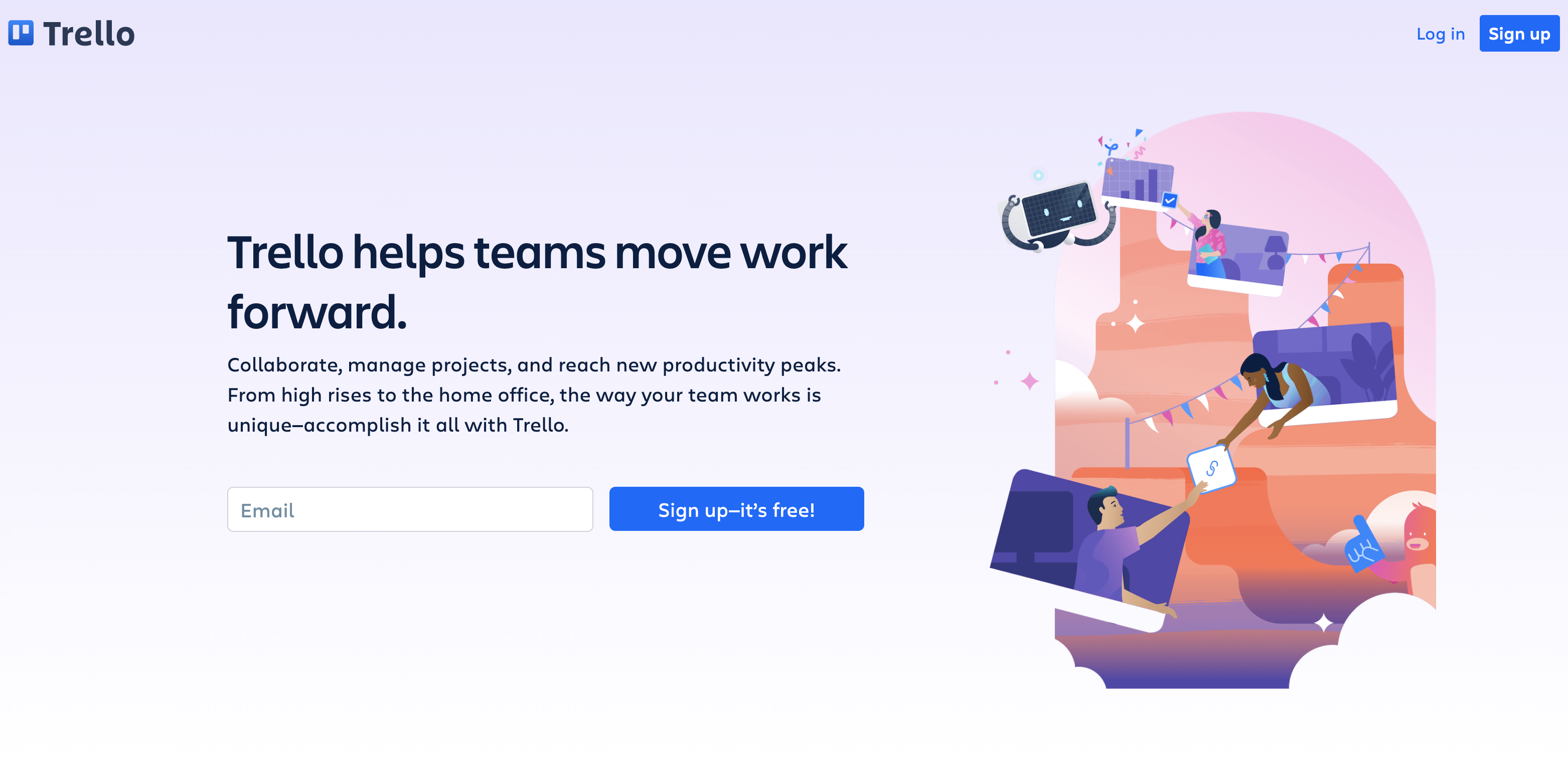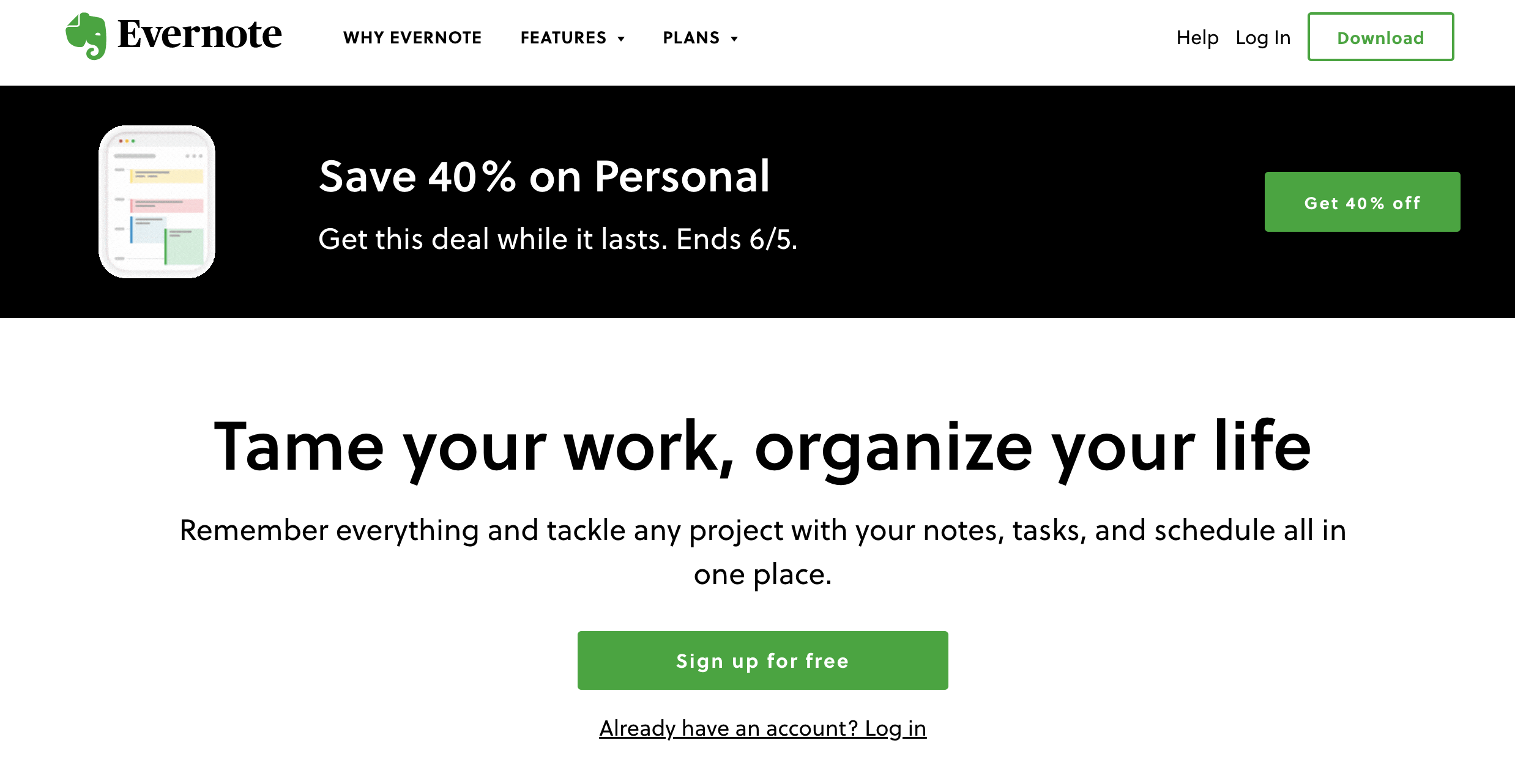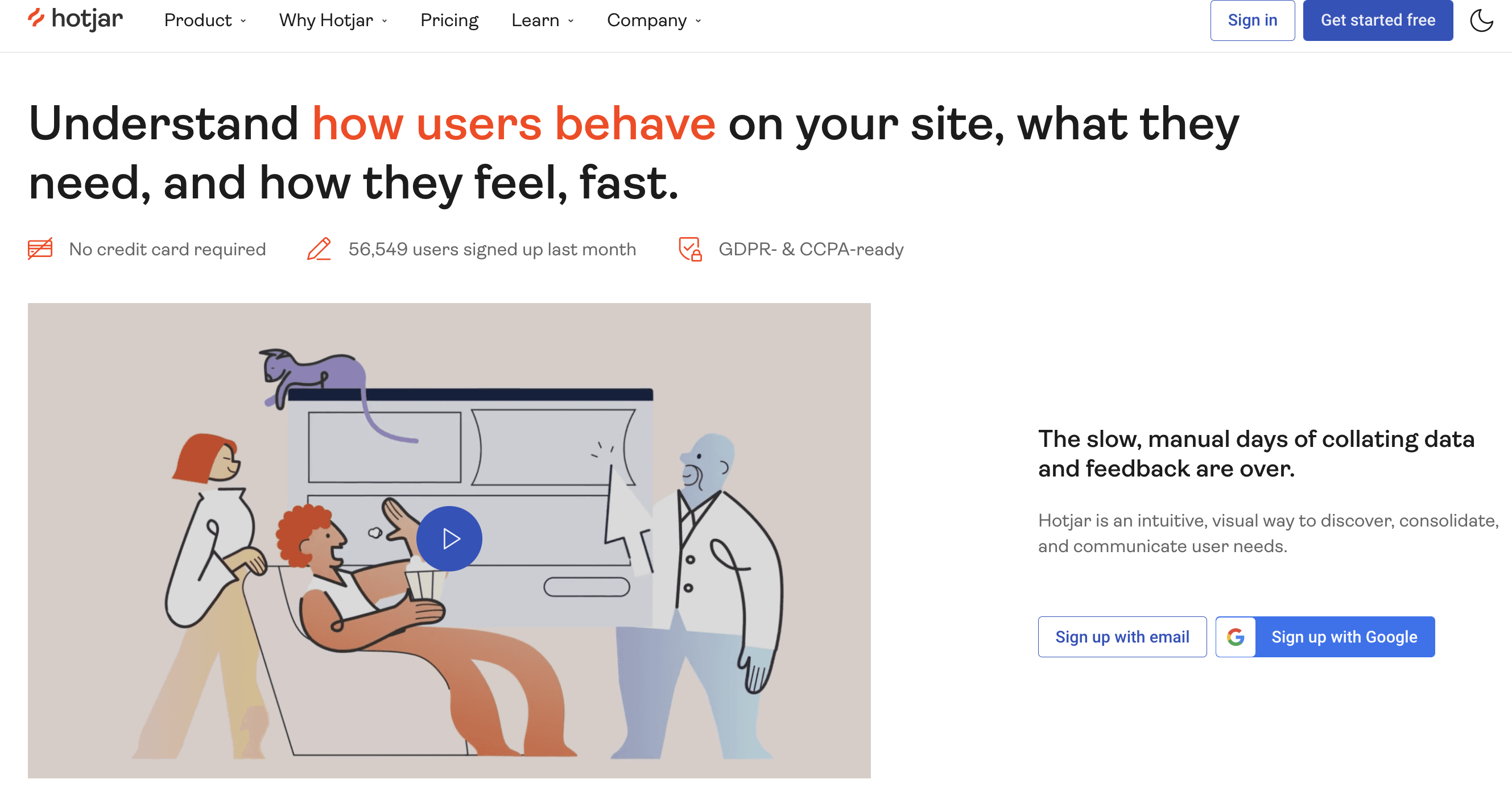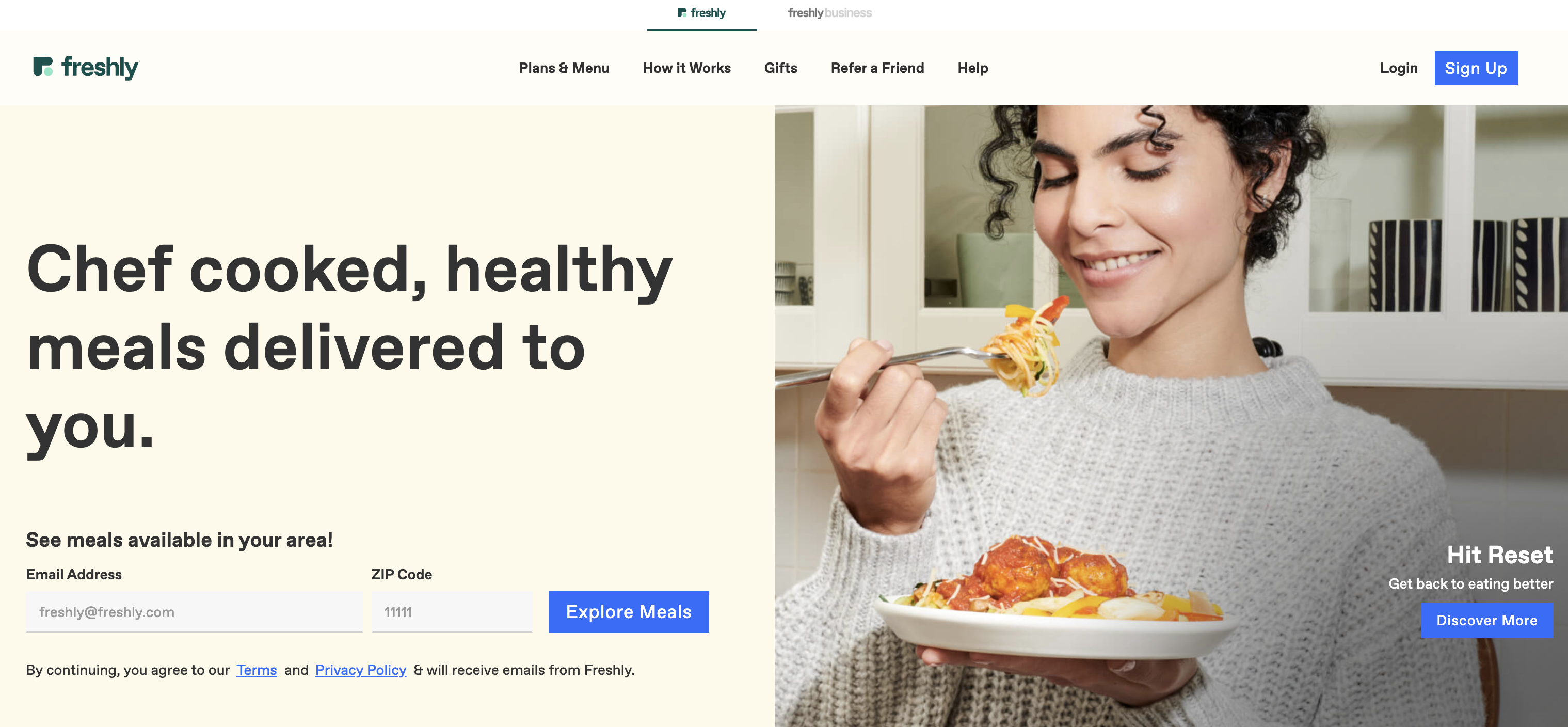“Find a need and fill it.”
This quote is widely attributed to Henry J. Kaiser, the son of German immigrants who became the millionaire head of a vast industrial empire.
It’s also probably the simplest, clearest explanation of a value proposition, finding where the need is and then addressing it.
Arguably the most important part of any business’s marketing messaging, many business owners and marketers struggle to define their value proposition.
Instead of simply and clearly defining why they’re in business, they obfuscate through corporate jargon, buzzwords, and empty slogans. Or they don’t have one at all, at least not one they have defined.
If this sounds like you, there’s good news: You’re probably vastly overcomplicating things.
To help you shape yours, this piece will take a close look at five great value propositions and explain why they work. Ready to get started?
What Is A Value Proposition?
Just in case you still don’t understand or we haven’t been 100% clear, let’s define what a value proposition is.
Value props, as they’re sometimes colloquially known, are a business’s answer to a simple question: Why should a potential customer buy from you and not your competitor?
But before you go off on some wild brand story about features, cost and ROI, keep these three things in mind – a great value proposition is:
- Simple for a person to understand.
- Unique.
- Measurable.
It’s a promise by your company to your customers or target audience about what you do and why you exist.
It should also be the foundation for every piece of your marketing copy. Every banner ad, section of website copy, or television commercial should come back to this main idea about why you’re in business in the first place.
If you don’t have one in mind when you begin to draft content, you’re basically trying to steer a boat without a paddle.
An effective value proposition directly communicates with your customers and simplistically tells them why your company, service, or product stands out amongst competitors and why it is the best solution to their problem. It’s to the point and explains why you are the ideal choice for them.
The time you spend creating a strong value proposition is nothing compared to the advantages it will give you. By creating an effective, unique value proposition, you can potentially:
- Attract more engagement from more customers.
- Increase conversions.
- Stand out from your competition.
- Increase customer loyalty.
- Draw influencers to your brand.
As such a vital part of marketing messaging, it’s somewhat surprising that so many businesses don’t prioritize a strong value prop.
Instead of clearly defining their raison d’etre, they try to replace it with random discounts and pre-mature loyalty programs or by tossing money at disorganized marketing campaigns that ultimately fail to tell the customer the value the company brings.
They also commonly misinterpret what a value proposition is exactly. Many brands push one thing, and one thing only: their brand.
A value proposition should be focused on the people you’re trying to reach – not the company.
Another common mistake is creating a generic message that doesn’t engage the target audience or explain how the business can help.
This type of messaging may include empty statements like “local favorite,” “best quality,” and others that are not specifically tailored to an audience.
Instead of taking a shortcut and writing a meaningless statement, it’s worth taking the time to craft a strong yet simplistically clear value proposition. This will make it easier and more cost-effective to attract and keep the customers you want coming back.
So, now that we know what a value proposition is and what it isn’t, let’s take a look at some brands that have nailed it.
1. Trello
 Screenshot from Trello.com, May 2022
Screenshot from Trello.com, May 2022What they sell: A visual tool for managing projects, workflows, and tasks.
How it’s helpful: It streamlines project organization for multiple parties within a company, helping everyone track benchmarks and stay on the same page.
How it stands out from competitors: Trello quickly organizes tasks and deadlines into an easy-to-understand visual card format. Plus, the base version is free and shareable with anyone within an organization.
Is their proposition communicated simplistically? Yes, it is easy for people to understand right off the bat. The subhead addresses doing away with outdated project management practices that can oftentimes be a headache. This tells customers how directly Trello will make their lives easier while implying it will save time for their entire team.
2. Stitch Fix
 Screenshot from StitchFix.com, May 2022
Screenshot from StitchFix.com, May 2022What they sell: Personal wardrobe styling services.
How it’s helpful: Stylists help busy people find clothing that fits their personal style and ship it directly to them.
How it stands out from competitors: Stich Fix offers quick, customizable, unique clothing picked out and sent to a person by stylists.
Is the proposition communicated simplistically? Yes, their messaging proclaims that they not only offer personal styling, but they offer it to individuals of all different shapes and style preferences. This casts a wide net for their target audience and invites people of all types to use the service.
3. Evernote
 Screenshot from Evernote.com, May 2022
Screenshot from Evernote.com, May 2022What they sell: Software for task lists and note-taking.
How it’s helpful: Evernote helps users easily organize and share notes and tasks across notepads, devices, locations, etc.
How it stands out from competitors: It has major capabilities that allow a user to feel organized with a sophisticated notepad with cloud-based capabilities, so nothing gets lost.
Is the proposition communicated simplistically? Yes, the proposition addresses the user’s pain points directly – a lack of organization or the need for a better tool to help them get organized. It specifically states what the tool can be used for, i.e., to stay on top of tasks, avoid headaches, take notes and prevent things from falling through the cracks.
4. HotJar
 Screenshot from HotJar.com, May 2022
Screenshot from HotJar.com, May 2022What they sell: Heat mapping and behavior tracking software.
How it’s helpful: HotJar assists marketers and others in related fields, including project management and web development, in understanding how users interact with a website.
How it stands out from competitors: This product offers a unique mix of heat mapping, video recordings, and reports, allowing users to analyze user behavior on a website, as well as conduct user surveys and polls.
Is the proposition communicated simplistically? Yes, visitors are told exactly what the tool does right from the get-go: heat mapping, visitor session recording, user surveys, and polls. It also calls out GDPR compliance and shows that multiple team members can use the tool to make insights.
5. Freshly
 Screenshot from Freshly.com, May 2022
Screenshot from Freshly.com, May 2022What they sell: Prepared meal kits.
How it’s helpful: Freshly cooks and delivers meals; customers only have to heat them up.
How it stands out from competitors: People can choose from a range of more than 30 meals made from natural ingredients and delivered right to their door. There is also an opt-out option and the possibility to cancel specific weeks or at any time in general instead of being locked in for months.
Is the proposition communicated simplistically? Yes, it is communicated simply and clearly with helpful visuals and icons that outline the process of using the service.
Nail Your Brand’s Value Proposition
If you want to convert a customer and maintain their loyalty, it’s imperative to nail a unique value proposition.
There are a few steps to take when starting the brainstorming and research process for the perfect value proposition for your brand:
Research Your Audience
- What do they do for a living?
- Where do they live?
- What do they search for?
- What are their common pain points?
Create A Buyer Persona
After extensive research has been conducted on your target audience, analyze the data and look for:
- Repeated pain points.
- Specific language that a buyer may use.
- What industry do they work in?
Do Some Competitive Research
After researching your target audience, you may find that they already use a product or service similar to the one your company is trying to market to them.
Research those competitors and find the key differences in your offerings and identify the advantage(s) your product or service can provide that separate you from them.
Finding the primary benefit of your product or service is pivotal to differentiating your company from others.
You Take It From Here
For something that seems so simple (did you not how many times we used the word “simplistically?”), landing on the perfect value prop for your business is not nearly as easy as you might think.
It takes work to find the right value proposition. You have to perform research, brainstorm ideas, and discover what differentiates your business.
And then, once you’ve done all that, you have to distill it all down to as few words as possible and implement it throughout your marketing. But it’s worth every second and every drop of sweat.
On the other hand, it’s easy to create a bad value prop, one that lacks clarity and doesn’t convince customers of its value or that of your products and/or services.
But with this, you run the risk of it failing, which likely means a loss of profitability, cut-off access to some or all of your customers, and in the worst case, your company going out of business.
Put in the work now to clearly and strongly define why you’re in business and what your value is. Your bottom line will thank you.
More Resources:
Featured Image: Rawpixel.com/Shutterstock






